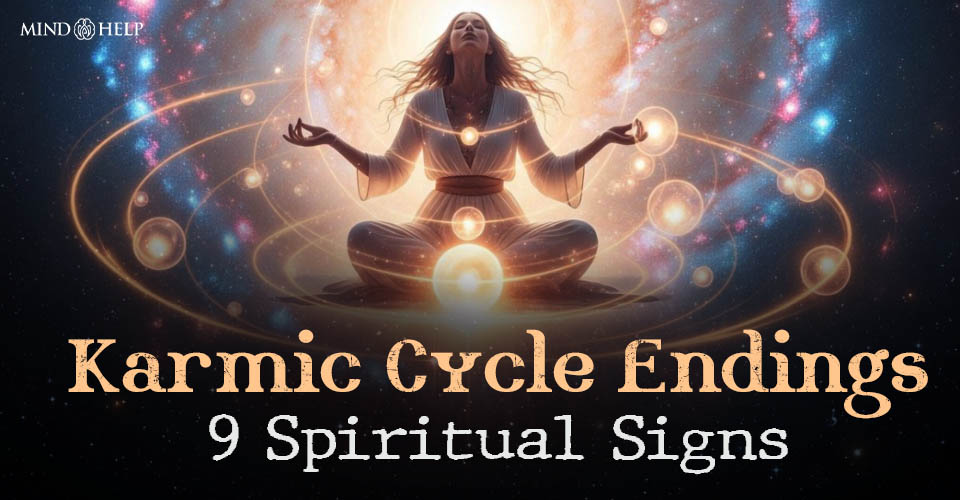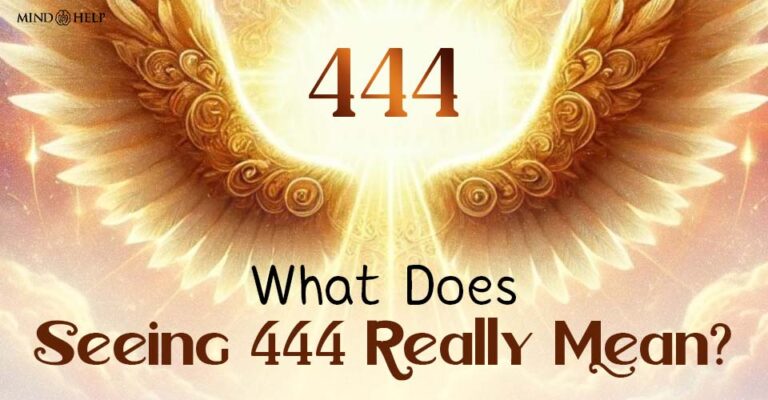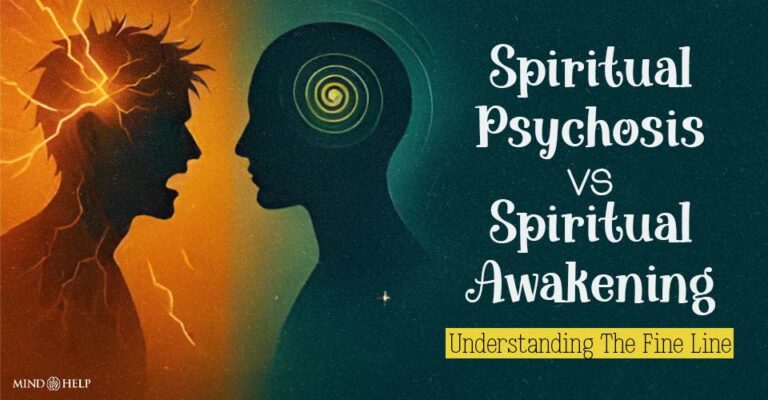A karmic cycle ending can feel like emerging from a prolonged emotional winter into the warmth of a long-awaited spring. There’s an undeniable sense of internal lightness, a subtle emotional recalibration that signals a deeper transformation is underway. For individuals attuned to their emotional and spiritual processes, these changes may present themselves through signs that are subtle, yet profoundly validating.
Repetitive relational patterns, recurring professional setbacks, or emotionally charged experiences often leave individuals feeling caught in a loop. From a psychological standpoint, these can be attributed to unresolved trauma, attachment injuries, or maladaptive behavioral patterns. In spiritual frameworks—especially within Eastern traditions—such phenomena are often understood as karmic cycles: recurring life themes meant to facilitate inner healing and promote soul-level growth.
What is a Karmic Cycle?
The concept of a karmic cycle has its roots in the Sanskrit term karma, meaning “action.” It is central to Hindu and Buddhist philosophy, which asserts that every action carries with it a corresponding consequence—what is done inevitably returns. This principle of cause and effect extends beyond the current lifetime, suggesting that individuals reincarnate and return to resolve unfinished spiritual business or “karmic debts.”
A karmic cycle, then, is an experiential loop—an emotionally charged and often painful sequence of events designed to confront one’s core wounds and catalyze transformation. In clinical psychology, this may align with unresolved complexes or reenactments of trauma. Spiritually, however, these cycles are considered part of one’s soul journey, offering the chance to learn, evolve, and eventually transcend the limitations imposed by those very wounds.
Ending a karmic cycle is thus not only a psychological breakthrough but also a moment of profound spiritual liberation. It often involves recognition of recurring patterns, a reorientation of emotional responses, and intentional behavior change rooted in conscious awareness.
What Happens When a Karmic Cycle Ends?
A karmic cycle ending begins with introspective clarity. It involves identifying harmful patterns, acknowledging internal wounds, and making empowered choices that reflect growth rather than repetition. Tools such as meditation, journaling, psychotherapy, energy healing, and mindful living often support this transitional process.
The culmination of this inner work leads to a perceptible shift—emotionally, cognitively, and spiritually. You might feel more at peace despite outer circumstances or experience a release from old emotional burdens. Below are nine psychological and spiritual indicators that you may be reaching the conclusion of a karmic cycle.
Karmic Cycle Ending: 9 Signs
1. Cognitive Breakthroughs and Inner Realizations
One of the most profound indicators is a sudden cognitive or emotional breakthrough. It may arise quietly during a reflective moment or hit unexpectedly during a mundane activity. The realization provides clarity about why certain patterns kept repeating and, more importantly, what must be done differently moving forward. This “aha” moment often brings emotional closure and a renewed sense of autonomy.
2. Emotional Equanimity Amidst External Chaos
You may find yourself remarkably calm during stressful or destabilizing situations. Even if your external reality remains unchanged, internally, you experience detachment, serenity, and emotional resilience. This suggests a release from reactive conditioning, often a hallmark of psychological healing and spiritual growth.
3. Desensitization to Previous Emotional Triggers
Triggers that once evoked intense emotional responses—such as memories of a past partner or unresolved conflict—no longer carry the same charge. This emotional desensitization is not repression but rather a sign of true integration and healing, indicating the wound no longer holds power over your emotional state.
4. Disintegration of Toxic Connections
Harmful relationships or toxic environments begin to dissolve naturally. Whether it’s distancing from unhealthy dynamics or simply no longer feeling energetically aligned with certain individuals, you find that you no longer have to exert effort to sever these ties—the Universe seems to do it for you.
Read: When God Blocks A Relationship: 12 Signs Say It’s Time To Let Go
5. A Deep Sense of Closure and Release
Forgiveness becomes accessible. You no longer feel tethered to past betrayals or unresolved emotional conflicts. This internal closure brings peace and the capacity to surrender the past without resentment. It’s a key milestone in both therapeutic and spiritual development.
6. Emergence of Synchronicities
Meaningful coincidences or synchronicities become frequent. These occurrences feel aligned with your inner transformation but no longer require overanalysis. You notice them, appreciate them, but no longer seek hidden meanings—they simply affirm your current path.
7. Strengthened Sense of Self and Direction
You begin making intentional decisions rooted in self-worth and clarity. An internal locus of control develops, where you trust in your capacity to navigate life. Psychological empowerment replaces previous patterns of fear-based thinking, and spiritually, you feel protected and guided.
8. Manifestation of External Good Fortune
Following internal work, positive external shifts start unfolding. Opportunities arise, relationships improve, or desired goals begin materializing. From a psychological viewpoint, this is the external reinforcement of your behavioral change. Spiritually, it is karma responding to the shift in your energy.
9. Awakening to Purpose and Higher Calling
Perhaps the most profound sign is a stronger connection to your purpose. You become increasingly attuned to values that align with your soul and begin taking consistent action toward your life mission. Psychological fulfillment and spiritual alignment converge, giving rise to an authentic sense of direction.
Karmic Cycle in Relationships
In relational dynamics, karmic cycles often appear as repetitive patterns involving emotional dependency, abandonment, or unworthiness. These connections are frequently characterized by emotional turbulence, inconsistency, and unresolved trauma. Psychologically, this reflects attachment injuries or inner child wounds. Spiritually, these relationships are believed to present opportunities for healing through mirroring one’s deepest fears and unmet needs.
Until these internal wounds are addressed—through self-love, boundary setting, and conscious choice-making—the same type of relationship may repeat in different forms. Breaking the cycle demands inner work, emotional regulation, and often professional therapeutic intervention.
The Transformative Power of Ending a Karmic Cycle
The end of a karmic cycle is more than a spiritual milestone—it is a psychological transformation. Recognizing and honoring the lessons within these patterns leads to emotional liberation, clarity, and intentional living. While confronting these cycles can be painful, avoidance only prolongs the suffering.
Awareness is the first step, but meaningful change requires conscious action. It’s important not to fall into the trap of spiritual bypassing—using spiritual concepts to avoid facing emotional pain. True evolution arises when both the mind and the soul engage in the healing process.
Patience, compassion, and support—whether from spiritual mentors or mental health professionals—are essential as you transition into this new phase. The journey may be nonlinear, but with every step forward, you move closer to a more aligned, empowered, and authentic version of yourself.
Have you noticed any signs of a karmic cycle ending in your life? Share your reflections in the comments—your story might help someone else on their path to healing.








